#erythrine
Video
Erythrine by Harald Biecker
Via Flickr:
Erythrine crystals from Bou Azer in two generations; FOV 8 mm, stacked with helicon Focus Erythrinkristalle in zwei Generationen, Aghbar, Bou Azzer Marokko, BB 8 mm; gestackt mit Helicon, Nikon D7000 an Nikon Balken auf Stackmasterschlitten mit Componon S 50.
#Mineralien#minerals#Micromounts#Macro#Marokko#erythrine#crystals#Kristalle#dofstacking#focusstack#Helicon#Nikon#D7000#Bou Azzer#Erythrin#Kobaltblüte#Helicon Focus#flickr
2 notes
·
View notes
Photo

🌱L'arbre corail ou Erythrina est un arbuste produisant de magnifiques fleurs roses en été. Les graines de l'Erythrine crête de coq sont rouges et servent à la fabrication de bijoux ethniques. Très bel arbuste à découvrir. Graines actuellement disponibles sur le site ethnoplants. #erythrine #erythrina #arbre #corail #arbrecorail #coraltree #coralplant #cretedecoq #fleur #fleurs #floraison #arbuste #ethnoplants #flower #flowers #arbustes #arbres #arbol #arboles #arboldecoral #plantecorail #jardin #jardinage #jardiner #graines https://www.instagram.com/p/Cp0YPT9o6GE/?igshid=NGJjMDIxMWI=
#erythrine#erythrina#arbre#corail#arbrecorail#coraltree#coralplant#cretedecoq#fleur#fleurs#floraison#arbuste#ethnoplants#flower#flowers#arbustes#arbres#arbol#arboles#arboldecoral#plantecorail#jardin#jardinage#jardiner#graines
2 notes
·
View notes
Text
سالب عراقي
Rainbow six siege utimate colection
Ashleah and Jayla Starr - Busty Black On Blonde Lesbians
Busty teacher fucks on the Bangbus
Super Sloppy deepthroat. Throat bulge SOUND ON❗️❗️❗️❗️
Beautiful Asian BWC Blowjob
Chastity gives a blow job gets throat fucked licks balls and gets a facial
Busty CFNM office cougar gives JOI to sub guy
Chloe Foster blonde need a pause and do blowjob and sex
Thick Ghetto Milf boyShorts VPL
#Acrocomia#nervine#windsorite#fraternization#Zutugil#wordgirl#optionees#korrel#erythrine#apprenticing#surplusing#fall-down#ketch-rigged#Japeth#imbirussu#bloedite#tahsildar#talismanic#inmate#worldwideness
1 note
·
View note
Text
Cheerleader babe orally pleasured by dyke
my hot stepsister loves her anal plug and lovense vibrator
ireland cuckold
Blonde teen lesbians cum scissoring
fucking sexy mom with natural enormous black boobs
Oily perky big ass Latina teen drilled
Nuevo Reto de recepcionista stefany ramirez
DOBLE PENETRACION,GARGANTA PROFUNDA, ANAL,SEMEN Y MUCHO ANAL CON PERLA LOPEZ
Amazing Gorgeous Ftv Beauty Posing Outdoor
Big Boob Amateur MILF Blowjob
#coeffluential#fifteens#believeinyourself#smellyfeet#henotic#conviction#tortulous#noisomeness#dunghilly#nunning#crooknosed#mizen#supercow#psalmography#unappeasableness#supersafeness#veil-wearing#Mattapony#ババババンビ#erythrin
0 notes
Note
I just wanted to check - there are albino corns, right? I know there are Snows and Blizzard morphs. Snake Discovery did a corn snake hatching vid recently and seemed to think there were no albino corn snakes, so I was a little confused. (They also didn't know the difference between Tessera, Motley, and Stripe though so I think they are just generally uninformed)
Hey friend!
I think the source of confusion here is that the term "albino" is a colloquialism developed for humans that doesn't totally work for reptiles.
The root Latin word, albus, just means "white." The term albino was originally coined by Portuguese and Spanish colonizers (boooo!) to refer to the children of Black slaves who were born without melanin. It then went on to describe any animal without pigment, particularly the black pigment melanin, which resulted in white hair, pink skin, and pink or very light blue eyes.
As science marched on and we gained a better understanding of how genetics and pigment work, we came to realize that there are multiple pigments at play in most animals. Even humans, whose main pigment is melanin, have two different kinds of melanin which result in the rich diversity of skin tones across the human species! Albinism works as a descriptor for humans because we only have melanin, but it falls apart fast when we start applying it to other forms of life.
So in corn snakes there are three main pigments: melanin (black), erythrin (red), and xanthin (yellow).
An amelanistic, or Amel, corn snake is by definition an "albino" with no melanin and red eyes. But they look like this:
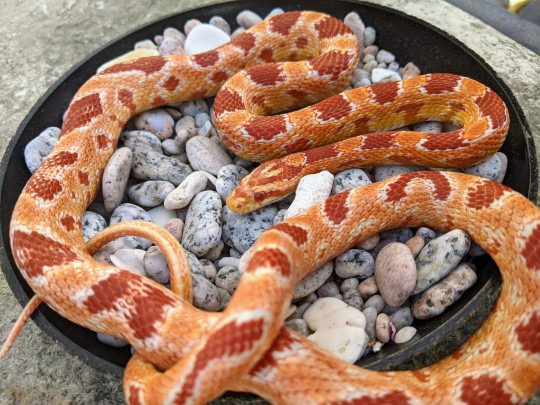
That doesn't exactly look white...
If we're looking for white snakes to call albino, a Snow corn snake has amelanism and anerythrism in combination, but they still have yellow xanthin pigment. A Blizzard, on the other hand, is a combination of amelanism and a slightly different mutation called Charcoal that removes both erythrin and xanthin. By the original intent of the word, a Blizzard would probably be an "albino" but a Snow might not fit the bill. Or might, depending on who's deciding, since they technically lack melanin!
To bring up another example of pigment mutations, leucism is the absence of all pigment, not just melanin. This mutation is most commonly found in birds and reptiles. Leucism and albinism look similar, and the mutations do similar things from a "looking at animals on the outside" perspective, but they're genetically distinct from each other!
It falls into semantics and discourse, so I think the easiest way to go about it is to think of albinism as a blanket term to describe a range of genetic color morphs found in mammals, but not a scientific description of what's actually happening. We could probably skip using it to describe reptiles because even when it's technically applicable, it's not the whole story.
I'll end this by saying that YouTubers in general are entertainers, not educators, and I don't think I'd take anything any of them say seriously unless they're providing references. Snakes are a huge and diverse group of lifeforms, and even if one were to know every detail there is to know about one species, that knowledge may only tenuously apply to even a similar-looking species.
This is exactly why exotics veterinarians are expensive and why you should treat them very kindly and with a great deal of respect.
#snake#snakes#reptile#reptiles#reptiblr#corn snake#corn snakes#corn snake morphs#albinism#zoology#biology#answers to questions#text post#long post#oh i'm sorry did you want an answer here have a novel
213 notes
·
View notes
Note
Random thought but I was just thinking about how ball python morphs basically come in every color of the rainbow except for green, why’s that? And would it theoretically be possible to even get a green one? (I remember you’re red green colorblind so apologies for the tricky ask)
Great question - that's because morphs can work with colors a snake already has, but they can't create something that isn't already there.
Check out a normal ball python:
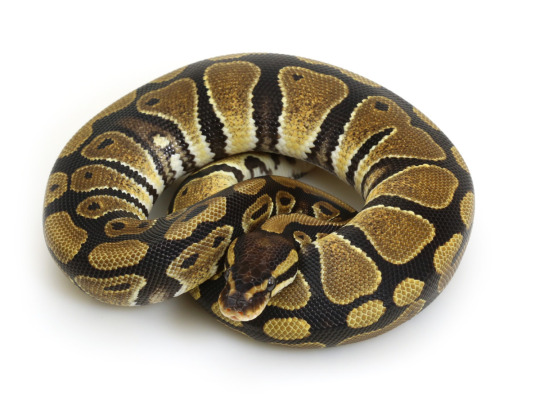
They've got black, red, and yellow pigments (melanin, xanthin, and erythrin). Ball pythons can be any combination of those colors - browns, blacks, whites, yellows, etc.
But in snakes, what we see as green is actually usually a combination of xanthin (yellow) and blue structural color. Structural coloration is different from pigments, and that's when an animal has small micro-surfaces on the scales (or feathers!) that interfere with light in order to make it look like a color. That's basically the only way we see blue-colored animals, blue pigments are super rare.
That's also why bright green snakes, like the white-lipped tree pit viper, tend to have blue color phases. It's because those structures that look like blue already exist, and what we're actually seeing is the absense of yellow.
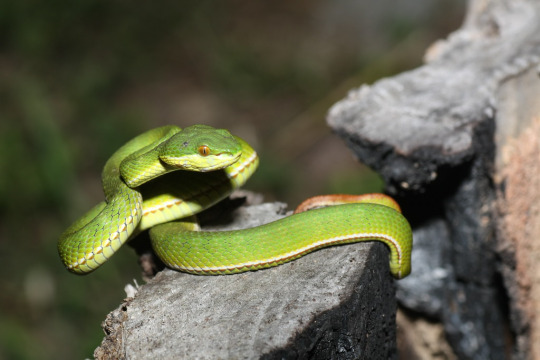
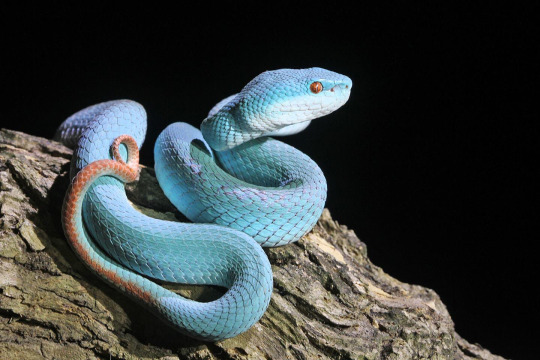
Does that make sense? Ball pythons can't be green because they just don't have the tools to make it!
286 notes
·
View notes
Text
0 notes
Text
despite living in a literal cobalt mine they’ll really be like “the only colours are gray. and blue” as if erythrin isnt pink.
1 note
·
View note
Link
Check out this listing I just added to my Poshmark closet: 6 Pairs Heel Cushion Pads Shoe Grip Liner Foot Protection 🤎.
0 notes
Photo
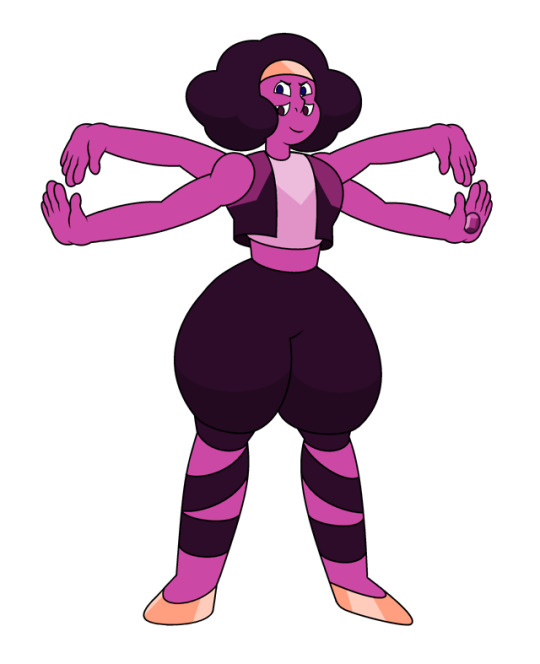
🎀 Erythrine 🎀
Lapis Lazuli / Ruby
125 notes
·
View notes
Text
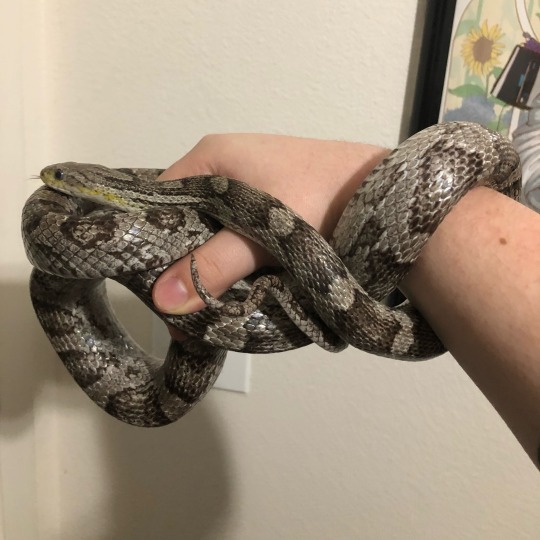

I love his lil yellow cheeks 🥺 if you can’t make your own erythrin pigments, storebought is fine
#Beebo Ju#anerythristic corn snake#‘s have a mutation where they don’t have red/yellow/orange pigments but because they eat mice#the carotenoids in those mice can turn their cheeks and chins yellow#corn snake#snakeblr#reptiblr#pet blog
12 notes
·
View notes
Text
Some Micro-Mounts from the Rock collection

Erythrin found in Alpbach, Austria, found 1986
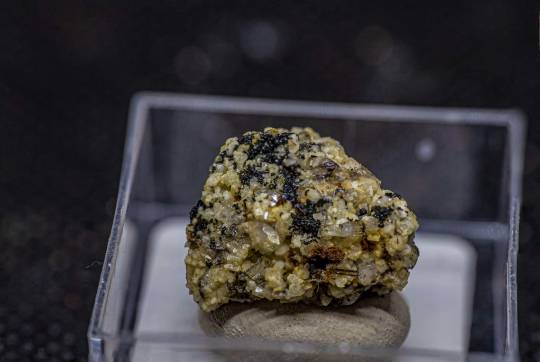
Anatas, Brookit from Grauleiten, Austria, found 1983
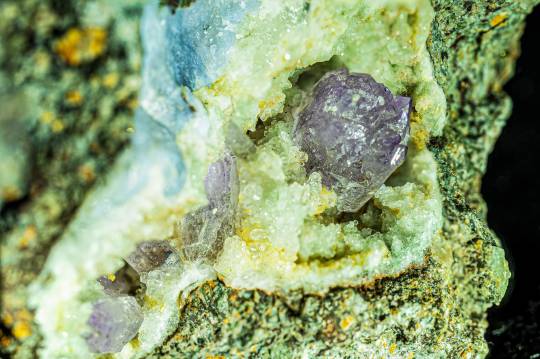
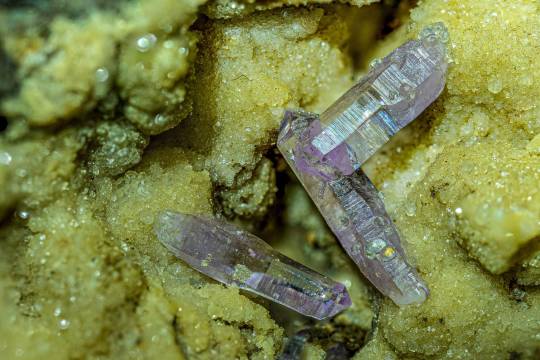
Amethyst and Calcite from Grube Clara, Germany, ca 1991

Rutil and others, Ankogel, Austria 1982


Unlabeled, Brixlegg, Austria, 1987
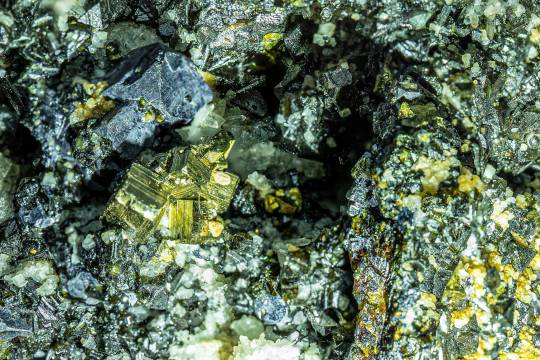
Pyrite and Hematite, Brixlegg, Austria, 1987
#rocks#rock collection#my rock collection#micro mounts#these are older than I am#minerals#mineralien#geology
3 notes
·
View notes
Note
Hi!! I was wondering if you had any recommendations for corn snake morphs that are grey and yellow? The closest I’ve found is caramel but I’m not very well researched. Thank you so much!!
I'm sorry to tell you that this is a bit of a tough (but not impossible!) order, my friend, and I'll explain why:
Corn snakes have three main pigment types: melanin (black), erythrin (red/orange), and xanthin (yellow). Most of the known color morphs will affect one or more of these pigments but they tend to be interrelated, so masking or removing one will often affect the others to some degree, and xanthin seems to be the first to go in many cases.
Most morphs are going to reduce or eliminate melanin (Amel, Hypo, Lavender, etc.) and/or enhance erythrin (Strawberry, Lava, Sunkissed) so you're going to be hard-pressed to find a morph combo that retains melanin without washing to brown but also eliminates erythrin while maintaining xanthin.
The Anerythristic A morph (aka Anery) removes erythrin and masks xanthin. Grey snake, but no yellow. Some adults will get yellow in the neck area but it won't be full body.
The Caramel morph, which you've already found, enhances xanthin and reduces melanin and erythrin. Brown snake.
There are other morphs and a potential selectively-bred yellow enhancement that you might explore that could accomplish what you're hoping for, but you'll be at the whim of breeders who, quite frankly, aren't likely to be focusing on this particular color combo.
For possible morphs that might fit your aesthetic, you could look for high-yellow Caramels, selectively bred Miami or Okeetee Caramels, Caramel Kastanie, or a morph called Dark Yellow which is a combination of Scaleless, Caramel, and Anery. I've also heard of a yellow-enhancing trait called Yellow Coat but I've never seen it and I don't know if it was a fluke, a selectively-bred trait, or a genuine recessive gene that has just fallen off the radar due to lack of popularity.
I would advise to look at adult photos and disregard baby photos, as baby coloration almost never stays the same. You might find that a muddy brown or grey baby corn snake grows into a gorgeous yellow and dark grey adult.
I wish you the best of luck in your search and if you can't find exactly what you're looking for, perhaps you can work with a breeder to launch a project, or if you have the resources you can start one yourself!
#snake#snakes#reptile#reptiles#reptiblr#corn snake#corn snakes#corn snake morphs#answers to questions#text post#long post
15 notes
·
View notes
Note
How is it that albino snakes aren’t always pure white but leucistic snakes are? like how can snakes have no pigment but still have patterns and colors on them?
Wonderful question!!
So, albino, put simply, prevents the snake's cells from producing the pigment melanin. But melanin isn't the only pigment snakes usually have! Their cells also normally produce xanthin (yellow pigment), carotenoid (yellow/orange), and/or erythrin (red). Albino snakes will always have red eyes, because without the pigment that normally makes snake eyes black or brown, the only color comes from the blood vessels inside the eye.
Take ball pythons for example - ball pythons are normally a tan-ish color and black, right? Their normal coloration includes both melanin for the black and xanthin, which combines with the melanin to make the brown. Take away the melanin, and you're left with just yellow.

Leucism, though, is the total loss of ALL pigmentation on the snake's scales! Leucism, unlike albinism, can affect only parts of the snake. That's what piebald ball pythons are!
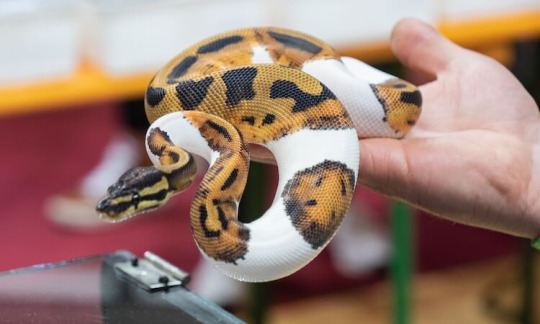
Completely leucistic snakes will always have blue or grey eyes - this is the only place on a completely leucistic snake's body where they'll have any pigmentation at all.
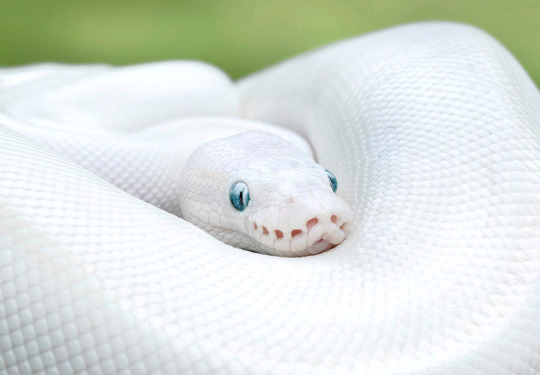
Cool, right?
229 notes
·
View notes
Photo

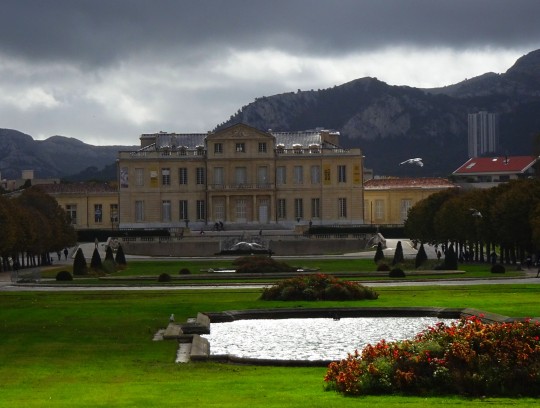
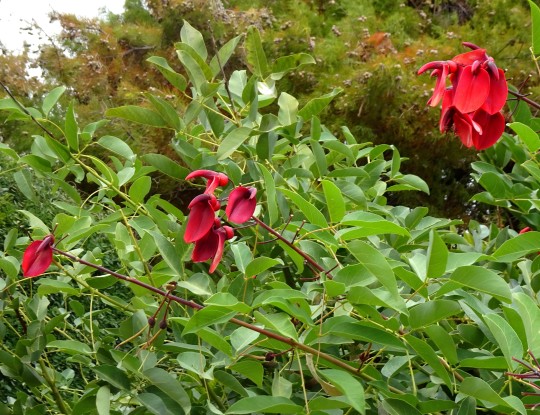
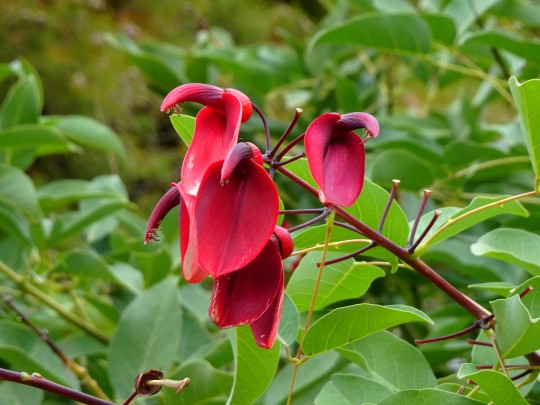
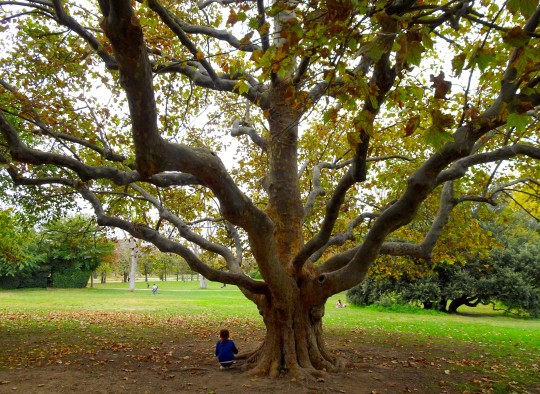
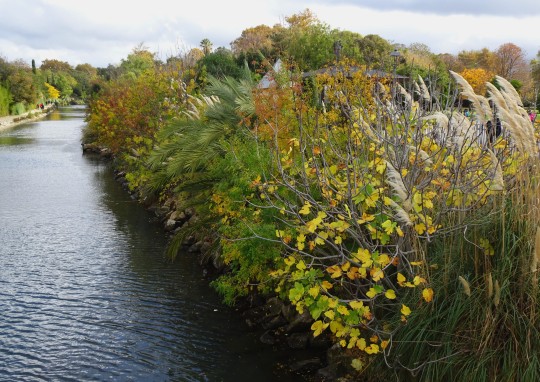
Marseille.
La bastide Borély et son parc, bordé par l’Huveaune.
L’étrange plante à fleurs cornues rouges est une Erythrine crête-de-coq (Fabacées). (bon il y avait un panneau à côté, qui expliquait tout ça...)
1 note
·
View note
Photo
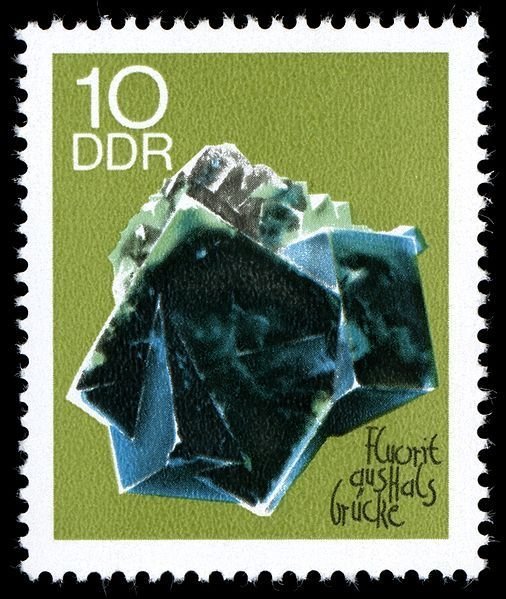
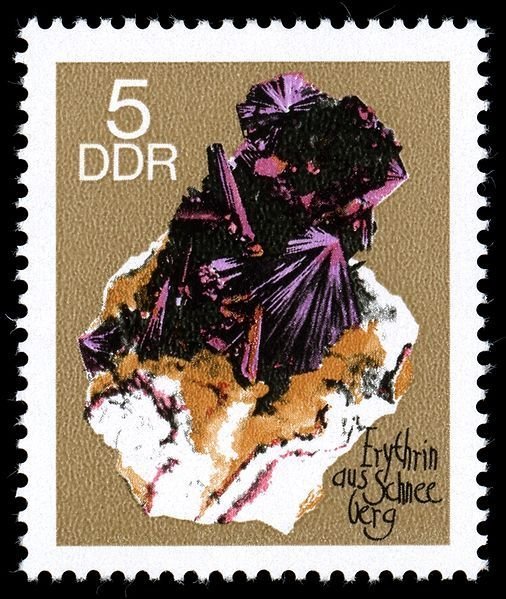
two 1969 DDR stamps depicting fluorite and erythrin
#stamps#postal stamps#postage stamps#stampcollection#collector#ephemera#snail mail#ddr#minerals#fluorite#request fill
69 notes
·
View notes